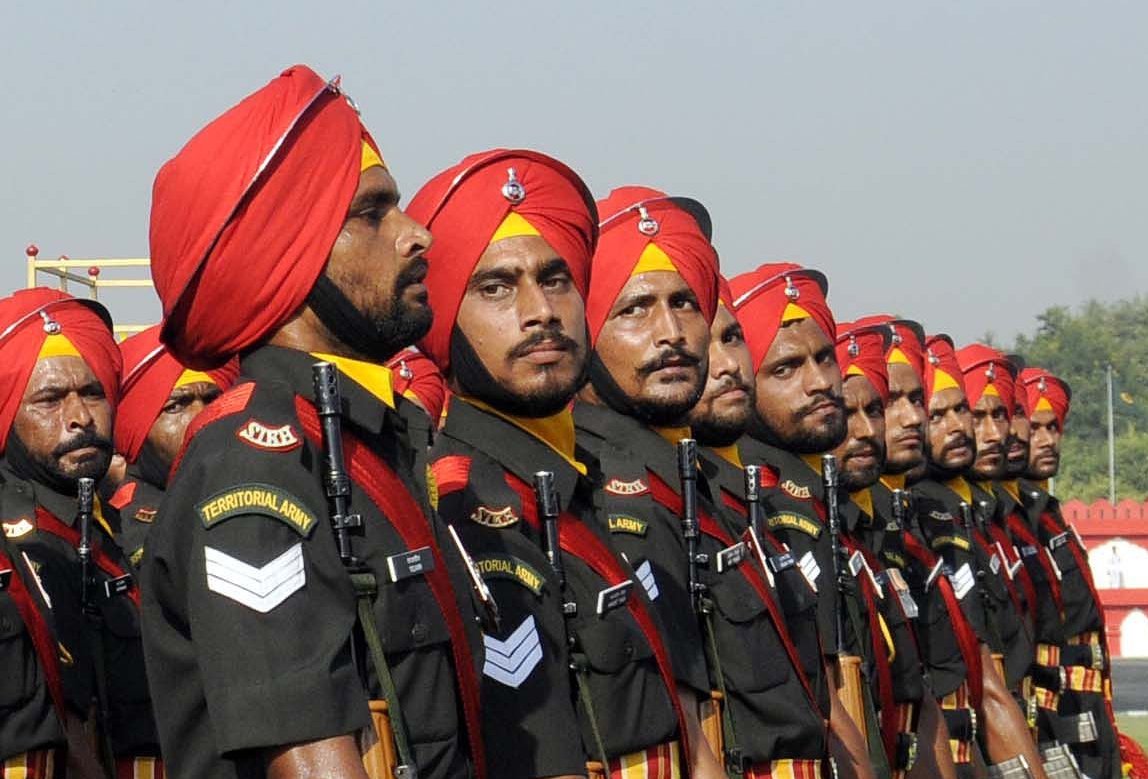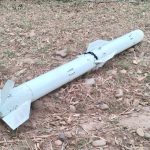In a decisive step to bolster military preparedness, the Indian Ministry of Defence has formally activated 14 infantry battalions of the Territorial Army for strategic deployment across key military commands. The deployment, effective from February 10, 2025, through February 9, 2028, will see units stationed under the Northern, Western, and Eastern Commands, among others, reflecting India’s calibrated response to increasing geopolitical challenges.
The notification, signed by Major General G.S. Choudhry, was issued under Rule 33 of the Territorial Army Rules, 1948. It authorizes the Chief of the Army Staff to mobilize these battalions for essential guard duties, administrative roles, and operational support. Units are being assigned across the Central Command, Northern Command, Southern Command, Eastern Command, Western Command, Army Training Command (ARTRAC), and the Andaman and Nicobar Command. The financial responsibility for the deployment is to be borne by the respective ministries utilizing the Territorial Army services, excluding the Ministry of Defence.
This measure comes amid heightened security concerns on India’s borders, particularly with Pakistan and China. The April 2025 terror attack in Kashmir, which killed 26 civilians and security personnel, and the ongoing military vigilance post-Galwan Valley clashes in 2020, have prompted India to strengthen its forward presence. Military sources suggest that this deployment is both a deterrent and a support mechanism to ease the operational load on the regular army.
The Territorial Army, a volunteer reserve force established in 1920 and restructured in 1948, has historically played a key role in India’s defense architecture. It is often tasked with static and support duties, allowing the regular army to focus on high-intensity combat operations. Over the years, the force has contributed to internal security, counter-insurgency operations, and disaster relief.
This latest activation points to a broader doctrinal shift within India’s defense strategy, signaling the growing importance of layered, long-term deployment capabilities. The Northern Command is responsible for guarding the Line of Actual Control (LAC) with China, while the Western Command oversees India’s frontlines with Pakistan. The Eastern Command focuses on the sensitive northeastern frontier, which includes strategic stretches of the LAC.
The deployment also coincides with broader organizational developments, including discussions around the formation of a new XVIII Corps under the Central Command, tasked with operations in the central LAC region. Additionally, reports of Pakistani claims about an impending Indian incursion following the Kashmir terror attack have added urgency to India’s military readiness.
While the deployment order is publicly available in the Gazette of India, it has sparked debate among defense analysts over India’s military posture and the increasing integration of reserve forces into frontline strategy. By activating the Territorial Army for a three-year tenure across multiple commands, India appears to be reinforcing its commitment to operational flexibility, strategic deterrence, and the protection of its territorial integrity in an evolving regional landscape.













